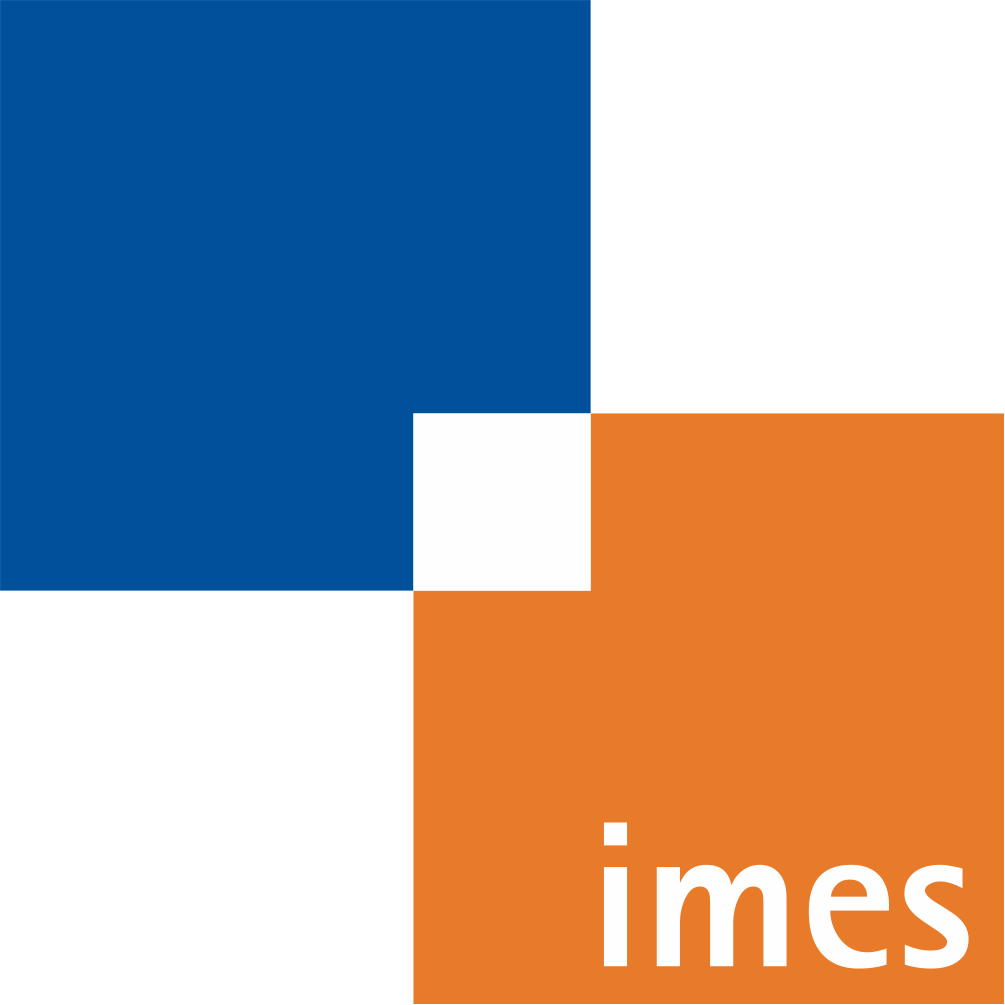Iterative learning vector field for FES-supported cyclic upper limb movements in combination with robotic weight compensation
- verfasst von
- Arne Passon, Thomas Seel, Jonas Massmann, Chris Freeman, Thomas Schauer
- Abstract
Robotics and Functional Electrical Stimulation (FES) are well-established technologies for the rehabilitation of stroke and spinal cord injured (SCI) patients. We propose a hybrid solution that combines feedback-controlled FES of biceps and triceps as well as posterior and anterior deltoid with a cable-driven robotic system to support repetitive arm movements, like 'breaststroke swimming' exercises. The robotic system partially compensates the arm weight by controlling the cable tension forces, and the FES promotes motion in the transversal plane. To adjust the FES support to the needs of the individual patients we use an iterative learning vector field (ILVF) which encodes the stimulation intensities that are applied to guide the patient along a pre-specified reference trajectory in the joint angle space. In contrast to previous iterative learning control approaches, the ILVF allows the patient to perform the motion at self-selected cadence. The proposed learning algorithm explicitly takes the dynamics of the artificially activated muscles into account and assures smooth stimulation intensity profiles. The control algorithm is tested in simulations using a complex neuro-musculoskeletal model. For 'breaststroke' motions, the initial RMS error of purely volitional movements is reduced from 38° to 10° within 21 cycles by the adaptive FES support. After 50 iterations of the ILVF, the algorithm converges to a steady state RMS error of 4°. Changes in the patient's muscle activity and cadence were well tolerated by the control system and did not cause a noticable increase in the steady state RMS error.
- Organisationseinheit(en)
-
Institut für Mechatronische Systeme
- Typ
- Aufsatz in Konferenzband
- Seiten
- 5169-5174
- Anzahl der Seiten
- 6
- Publikationsdatum
- 27.12.2018
- Publikationsstatus
- Veröffentlicht
- Peer-reviewed
- Ja
- Elektronische Version(en)
-
https://doi.org/10.1109/iros.2018.8594120 (Zugang:
Geschlossen)
